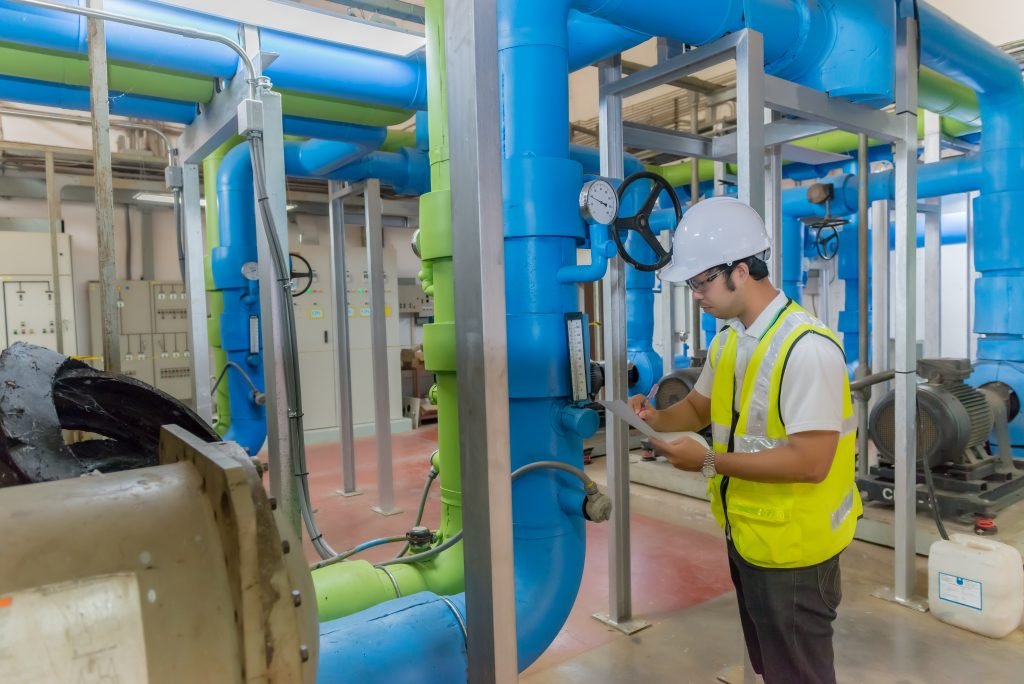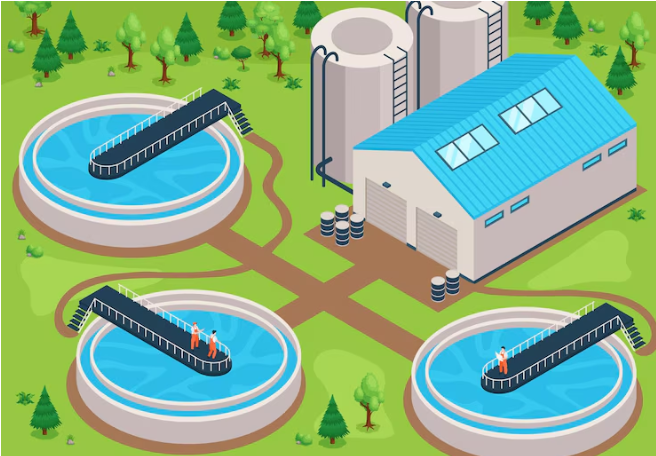Essential Guide to Demineralization Water Treatment & FAQs
Discover the essentials of demineralization water treatment: process steps, specifications, and benefits. Get answers to common FAQs in our detailed guide.

Life needs water, yet not all water is the same. In many industrial and commercial applications, water with high mineral content can cause problems ranging from scaling in machinery to impacting the
quality of products. This is where demineralization water treatment comes into play. Let’s dive into what demineralization is, the process involved, its specifications, and the role of demineralization plants.
What is Demineralization Water Treatment?
Demineralization water treatment This is a purification process that makes water almost completely pure by removing salts and minerals. This is particularly important in industries such as pharmaceuticals, electronics, and power generation, where even trace amounts of minerals can lead to significant issues.
The Demineralization Process
The demineralization process involves several steps, primarily using ion exchange technology. Here’s a simplified overview:
Pre-treatment: Water is first filtered to remove suspended solids and organic matter.
Cation Exchange: Water passes through a cation exchange resin, which replaces positive ions (like calcium and magnesium) with hydrogen ions.
Anion Exchange: The water then moves through an anion exchange resin, where negative ions (like chloride and sulfate) are replaced with hydroxide ions.
Regeneration: Both resins are periodically regenerated using acids and bases to maintain their ion exchange capacity.
What is Demineralization Specification?
Demineralization specifications refer to the standards and criteria that demineralized water must meet for different industrial applications. These specifications vary based on the intended use of the water.
Key parameters typically include:
Conductivity: A measure of the water’s ability to conduct electricity, indicating the presence of ions.
Total Dissolved Solids (TDS): The total concentration of dissolved substances in the water.
pH Level: The acidity or alkalinity of the water, which should be neutral (around 7) for most applications.
Silica Content: Often minimized to prevent scaling in boilers and turbines.
The Role of a Demineralization Plant
A demineralization plant is a facility equipped with the necessary technology and equipment to carry out the demineralization process. These plants are designed to handle large volumes of water and are crucial for industries that require high-purity water. Key components of a demineralization plant include:
Ion Exchange Columns: Filled with resins for anion and cation exchange.
Regeneration System: For periodically restoring the ion exchange resins.
Control Systems: For monitoring and adjusting the demineralization process to ensure water meets required specifications.
Conclusion
Demineralization is an essential step in the water treatment process for enterprises requiring high-purity water. Understanding the demineralization process, specifications, and function of demineralization plants helps ensure the production of water that meets stringent quality standards. Whether you are in pharmaceuticals, electronics, or power generation, demineralized water plays a pivotal role in maintaining operational efficiency and product quality.
FAQs about Demineralization Water Treatment
1. What is demineralized water used for?
Demineralized water is used in various applications, including laboratory experiments, pharmaceutical manufacturing, electronics production, and as boiler feedwater in power plants.
2. How does demineralization differ from distillation?
While both processes remove impurities from water, demineralization uses ion exchange resins to remove ions, whereas distillation involves boiling water and condensing the steam, leaving impurities behind.
3. Can demineralization remove all types of contaminants?
Demineralization is effective at removing dissolved salts and minerals but does not remove organic contaminants, bacteria, or viruses. Additional treatment methods may be required for comprehensive purification.
4. How often do demineralization plants need maintenance?
Regular maintenance is essential for the efficient operation of a demineralization plant. This includes periodic regeneration of ion exchange resins and routine checks of the system components.
5. Is demineralized water safe to drink?
While demineralized water is not harmful, it lacks the minerals typically found in drinking water, which are beneficial for health. It is generally not recommended for regular consumption without re-mineralization.



